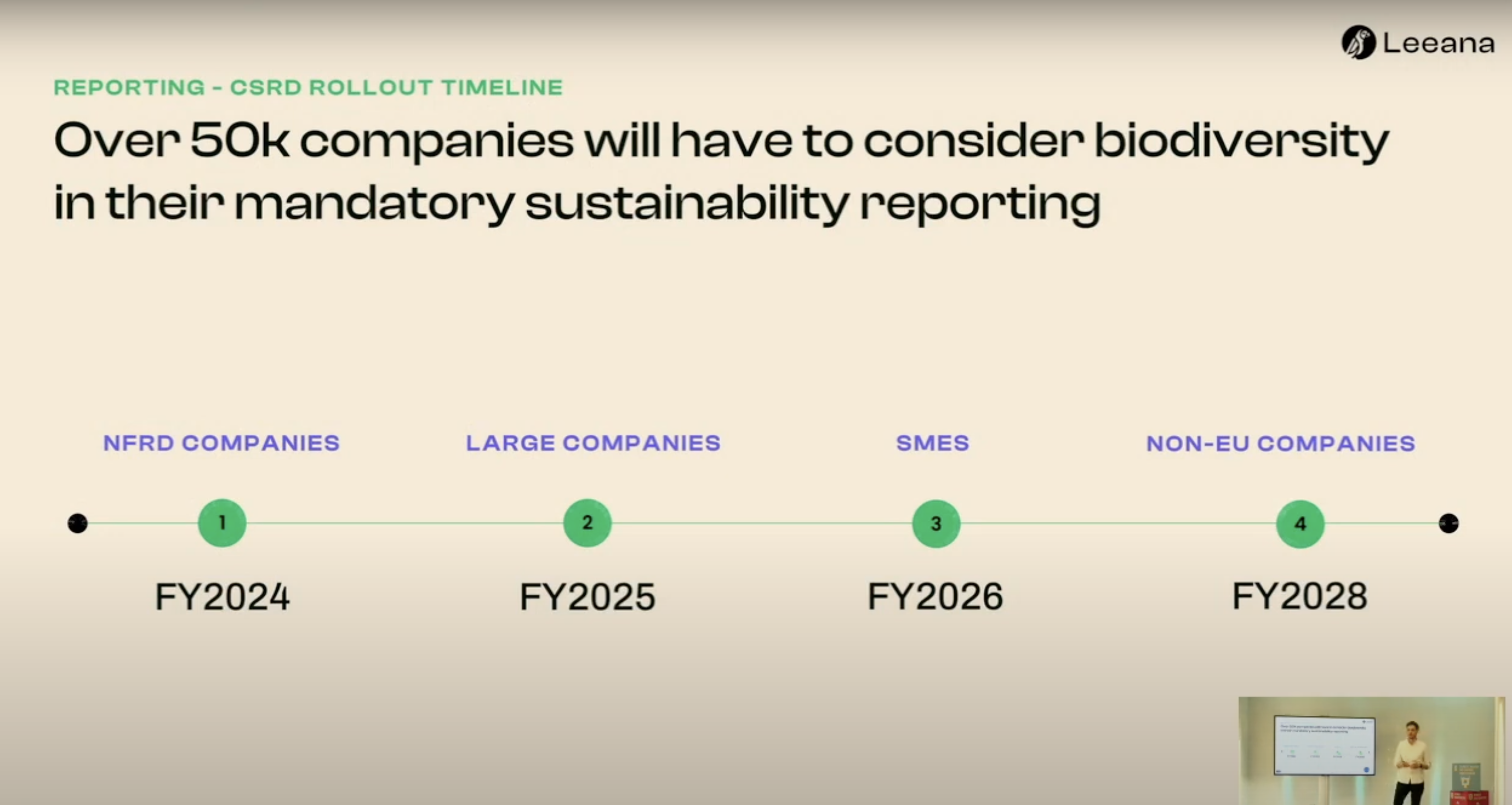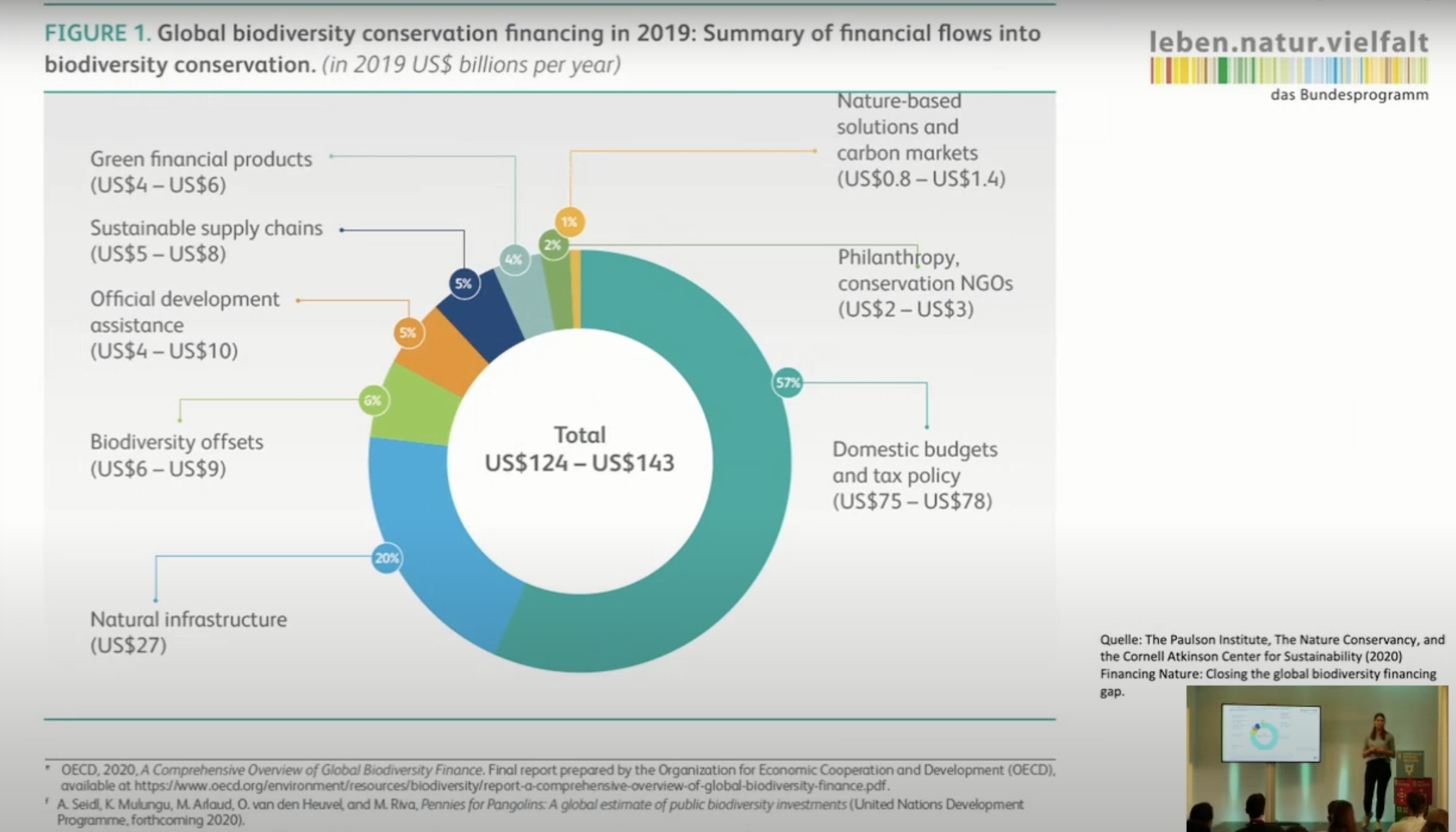Our Between the Towers (#btt) on April 9, 2024 focused on the topic of “Biodiversity – The Next Big Thing”. Why did we focus on this topic?
Quite simply, the focus is still too much on CO2 emissions and climate change. In doing so, we too often forget the second important component of sustainability: biodiversity. Incidentally, the United Nations Convention on Biological Diversity defines biodiversity as the variety of species or diversity of all living organisms, habitats and ecosystems on land, in fresh water, in the oceans and in the air. Read on to find out why high biodiversity is at least as important as focusing on the climate.







